
The 10 key spices of Vietnamese cuisine
- on Dec 26, 2020 By: BN
True gustatory and olfactory nuggets, Vietnamese spices enhance the taste of dishes, as well as magnify, enhancing and making them even tastier. The abundant use of these ingredients makes Vietnamese culinary art one of a kind. Discover the 10 great spices with which the richness of Vietnamese cuisine is offered to the world.
The 5 star spices of Pho
The famous Vietnamese noodle soup, Pho, which consists of flat rice pasta, beef or chicken and a little spring onion, owes its unique flavour to its very fragrant broth by a clever blend of 5 star spices of Vietnam:
The pepper
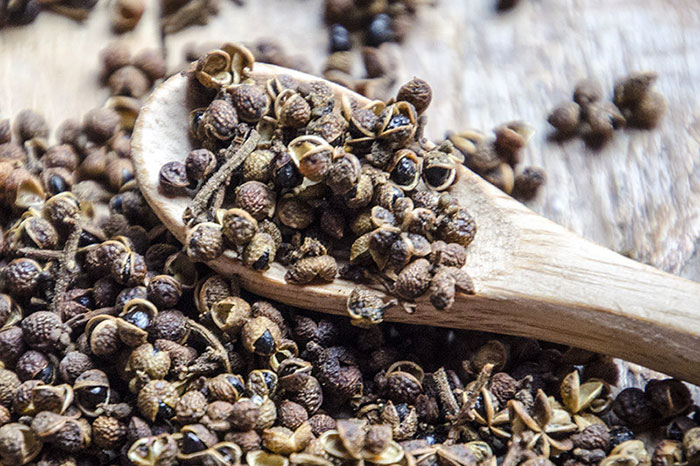
Whether it is from Phu Quoc Island or the Central Highlands, or is black, red or white, pepper, of which Vietnam is the world's leading producer, is an essential spice in Vietnamese cuisine. Vietnamese pepper is a pepper with a marked character which has a pleasant power at the end of the mouth with a floral and spicy nose. A nice souvenir gift to bring back!
Cinnamon

Cinnamon from Vietnam offers a unique and intense taste, slightly sweet with fruity notes reminiscent of apple. Top chefs agree that it is much better than in Ceylon and more subtle than its cousin in Indonesia. Vietnam's is certainly one of the best in the world. Especially the one cultivated in Yen Bai province, in the North of Vietnam, where the lake of Thac Ba and the magnificent rice terraces of Mu Cang Chai are located.
Clove
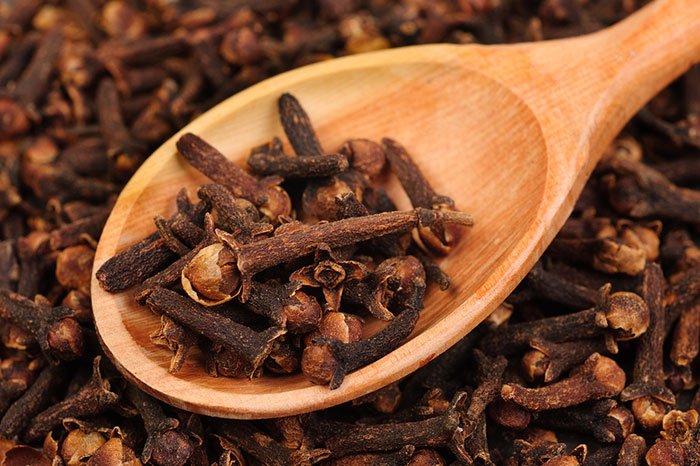
Produced mainly in the Central Highlands, this spice can enhance certain dishes with its peppery and red fruit notes as well as relieve certain ailments thanks to its analgesic, anti-inflammatory and antibacterial effects. In Vietnam, this spice is used in cooking as well as for traditional pharmacopoeia.
Cardamom
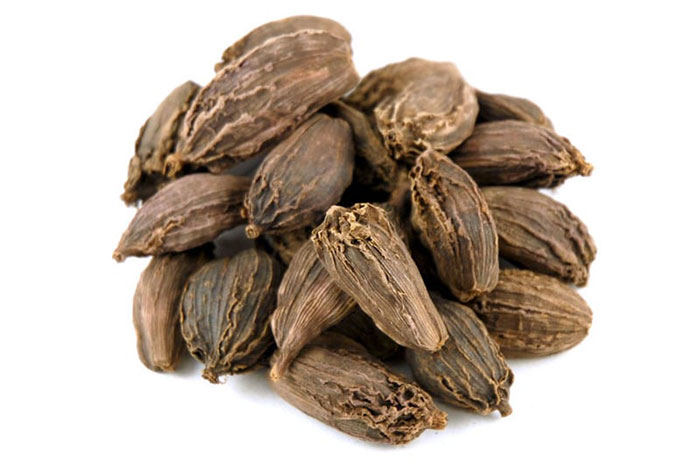
As big as a nut, black cardamom with its camphoric and smoky aromas is essential for pho soup and banh chung, the sticky rice cake enjoyed during the Vietnamese New Year. It also brings a flavourful touch to simmered dishes. One of the most famous is that collected by the Hmongon the slopes of Fansipan Mountain, the roof of Indochina with its standing of 3,124 meters.
Star anise
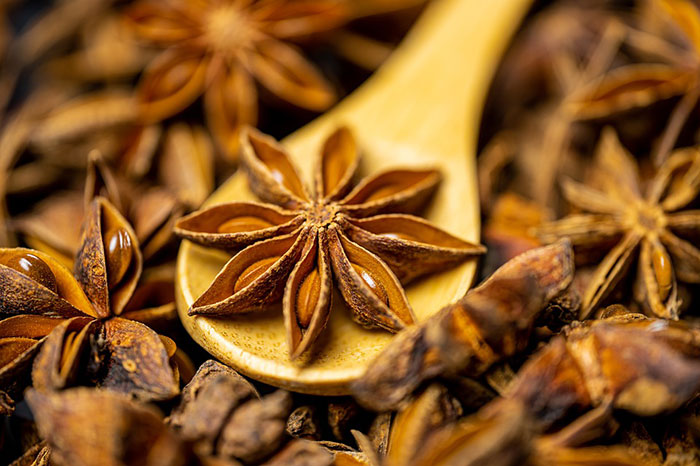
It is this that gives Pho that characteristic anise flavour. Star anise is cultivated mainly in north-eastern Vietnam, mainly in Lang Son province. The fruits are picked while still green and take on their pretty reddish brown colour when dried in the sun. Vietnamese star anise is the most prized and famous in Asia, so don't hesitate to bring some back from your trip!
Also to discover:
Roucou seeds
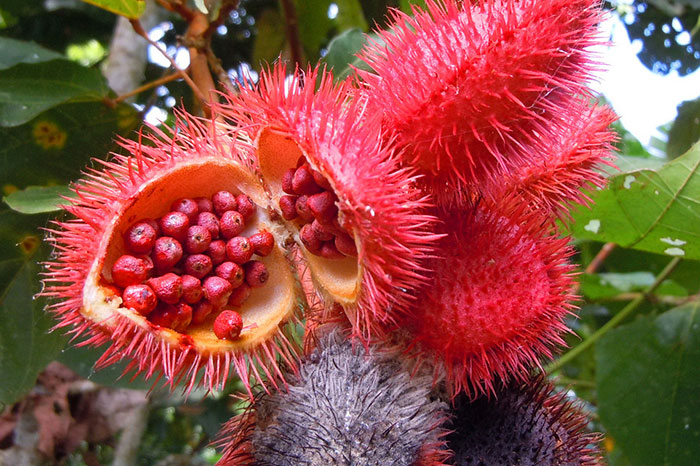
It is a powerful colourant, and also a playful spice with an unknown taste, very "earthy", with a light flavour of peppery nutmeg. It colours rice, pasta and poultry dishes. It is enough to heat a few seeds in a little oil so that they bring a beautiful red colour to the dish and illuminate your table.
Ginger
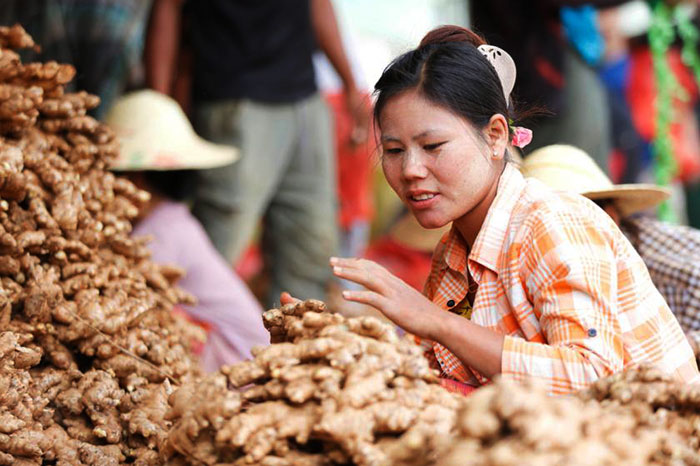
Ginger is a popular choice for spicing up dishes but is also known for its medicinal properties. In traditional Vietnamese medicine, ginger is a commonly used ingredient. It is antibacterial and stomachic. It is effective against gastralgia, nausea, diarrhea, dysentery, influenza, weak pulse, laryngitis, and rheumatism.
Turmeric
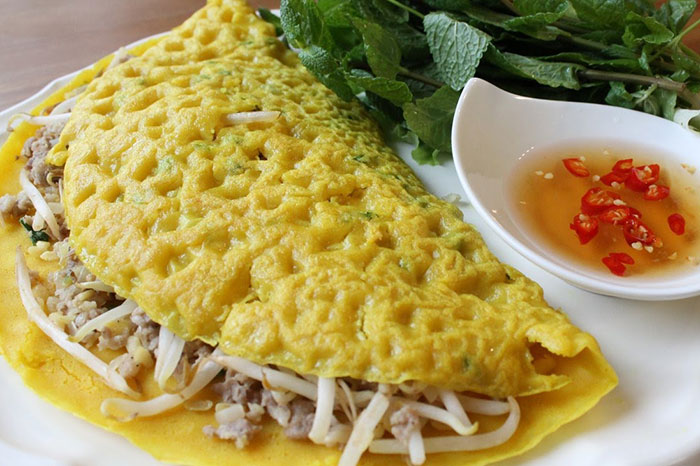
Turmeric has been cultivated in Vietnam for millennia, mainly in the North of the country. Dried and ground to a powder, it is used as a spice. Its flavour is peppery and very aromatic. Its discreet taste makes it a versatile and trendy spice. It blends in with all sauces and desserts, adding its beautiful sunny yellow colour. Turmeric is very present in Vietnamese cuisine. It is found in banh xeo, the delicious crispy Vietnamese pancakes.
Garlic
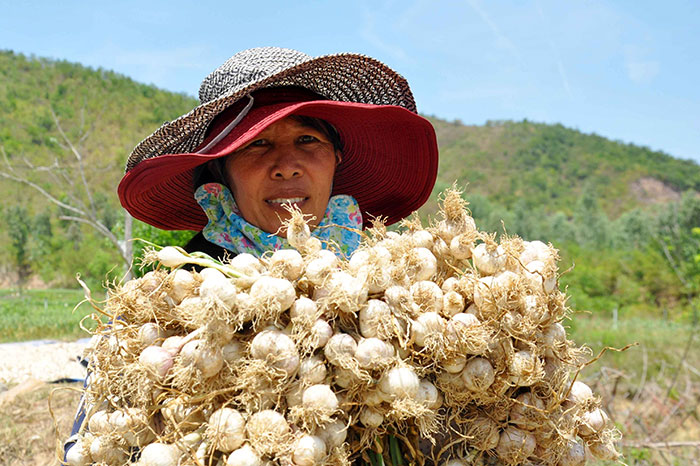
Garlic is widely used in Vietnam, especially in stir-fried dishes such as bindweed or meats including beef, pork or chicken. In the countryside, many families have a bottle of alcohol at home with soaked garlic inside, to cure the flu, back pain, hypertension, difficult digestion, stomach pain, fever or even sinusitis.
Forest pepper Mac Khen

Let's finish with this secret spice from the mountains of Northern Vietnam. This berry looks like its cousin Sechuan, but smaller, with a little less spiciness and very nice notes of orange and clementine. It is called forest pepper because it grows in a jungle at very high altitude. Be careful not to overcook it, as all the flavours will disappear.
Related articles:
>> Top 10 unmissable dishes in Vietnam
>> "Banh cuon" or Vietnamese ravioli: a dish among our best delicacies
>> The top 6 Vietnamese noodle soups in the land of chopsticks
Comment
Other Blog
Categories
Latest News
on 27 Apr, 2023      
on 15 Apr, 2023      
on 28 Mar, 2023      
 Español
Español Français
Français






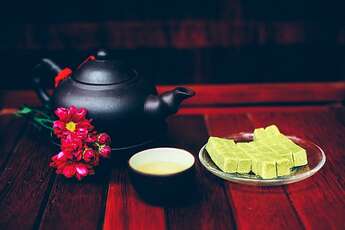
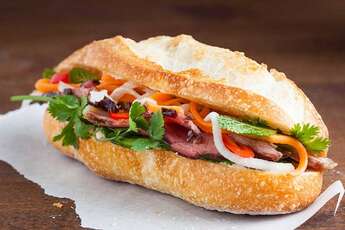

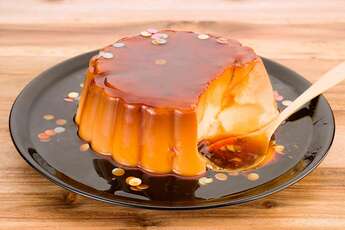









F
on Jan 3, 2024Igor Mozetic
on Apr 8, 2023Ira Beale
on Feb 10, 2023Phạm Phú Toàn
on Jan 28, 2023Max Stover
on Jan 11, 2023